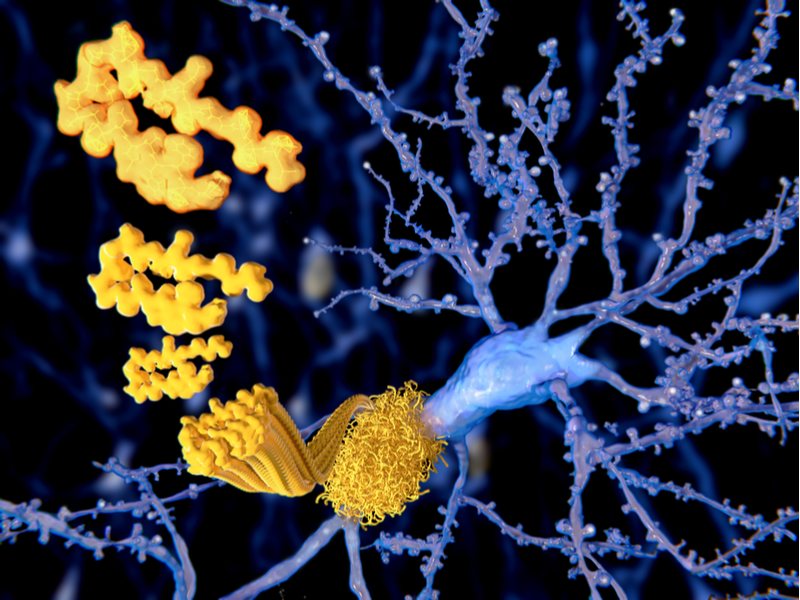Roche has positive clinical data in support of starting a Phase III trial in Alzheimer’s with an antibody initially developed by MorphoSys. However, the field is full of similar approaches that have failed.
Roche plans to start a Phase III study to test MorphoSys’ Alzheimer’s treatment gantenerumab later this year, after encouraging preliminary clinical results. The drug could better reduce the accumulation of amyloid beta plaques in the after one year at doses over 10 times higher than previous trials.
Gantenerumab is a monoclonal antibody against amyloid beta developed by MorphoSys with its HuCAL technology. However, many companies have failed in developing treatments for Alzheimer disease that target amyloid beta, such Eli Lilly and its drug solanezumab. Recently, Merck terminated a late stage Alzheimer drug study and Pfizer has abandoned research into new Alzheimer’s drugs completely.
Moreover, gantenerumab failed to meet the two primary endpoints of a Phase III study in 2014. In light of this, pressing on with the drug’s development appears to be a risky endeavor.

Developing Alzheimer’s therapies has proven to be extremely difficult, with 30 failures counted for every treatment that is approved to combat Alzheimer’s symptoms. There is still no approved treatment that can stop the progression of the disease. To put this into perspective, nearly half of new cancer drugs tested have a positive effect.
The reason behind the repeated failures for Alzheimer treatments may lie in our incomplete understanding of the disease. The accumulation of proteins known as amyloid plaques in the brains of Alzheimer’s patients is a widely accepted hallmark of the disease. However, some Alzheimer’s patients do not accumulate amyloid beta, whilst other individuals with the accumulation do not exhibit symptoms.
“We need to start running real Phase III trials, which we in Eli Lilly didn’t do. Instead we rushed into it right after first Phase II trials,” explained Jennifer Laird, Senior Director at Eli Lilly, at BIO-Europe Spring. Lilly’s mistakes underscore the necessity for a complete understanding of a drugs mechanism and effects in developing successful Alzheimer’s treatments.
Given the ambiguous role of amyloid beta plaques in Alzheimer’s disease, MorphoSys’ preliminary results are by no means a guarantee for success in Phase III. The failures of Pfizer, Merck, and Lilly suggest MorphoSys might have a difficult time getting gantenerumab through the pipeline.
Images by pathdoc, Juan Gaertner/Shutterstock





